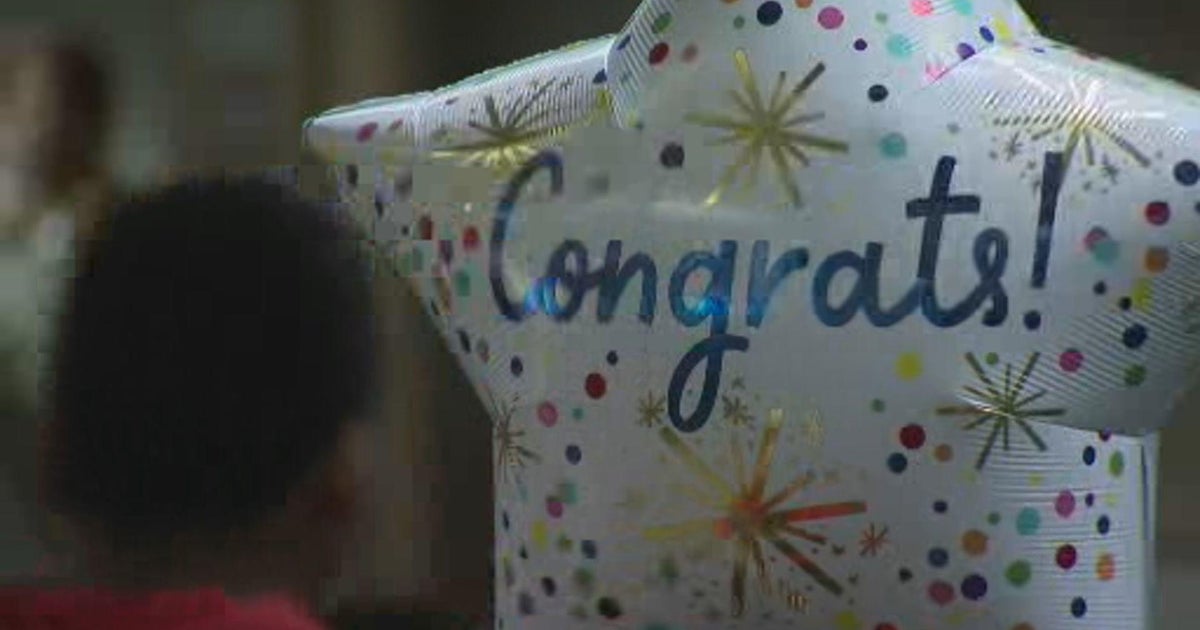Safety Tips: Keep Your Home Safe From Carbon Monoxide
When it comes to preventing carbon monoxide exposure in your home, safety is key. The odorless, colorless gas is toxic, with even mild exposure resulting in headaches, dizziness and feeling sick. How can you keep you and your family safe from carbon monoxide? The following tips offer ways to prevent carbon monoxide poisoning in your home.
1. Got a carbon monoxide detector? According to Glenn Tritch, an employee of Tritch Hardware Co. in Los Angeles, California, carbon monoxide detectors should be maintained. "Treat your carbon monoxide detector like a smoke detector," Tritch said. "Change the batteries every six months and replace the detector right away if you notice that it starts to malfunction."
2. Place carbon monoxide detectors throughout your home. "You should place carbon monoxide detectors in your hallway between bathrooms and place one detector on every floor," Tritch advised. In addition, some smoke detectors also have a smoke detector feature, combining two life-saving devices in one. "Some carbon monoxide detectors are completely battery powered and some detectors can be plugged in directly to an electrical outlet with a battery backup power source," he said. A backup power source is ideal if you live in an area with frequent power outages.
3. Don't run your car inside your garage. On cold winter days, it might be tempting to let your car idle inside your garage for a few minutes before leaving for work or a trip. But according to Angela Minicuci, a public information officer with Michigan Department of Community Health, doing so can increase the level of carbon monoxide inside your home, even if the garage door is open. "Don't idle your car indoors, even for just a minute," she said. Does your car have a keyless start? Then keep your car keys in a safe, secure location.
4. Check your furnace. "Have your fuel-powered appliances checked out by a professional every year," Minicuci recommends. Furnaces, generators, cars and other appliances should be inspected once a year to ensure they are maintained correctly.
5. Use your oven for baking and your range for cooking. Never use your cooking appliances as sources of heat.
6. Keep the grill outside. Don't attempt to grill indoors with a charcoal or gas grill, even in the event of cold or rainy weather.
7. Keep your portable generator outside. Use a long extension cord to keep your generator away from your home and do not operate it inside your home, garage or shed. In addition, keep your generator away from any doors, windows and air intake.
8. Baby, you can light my fire. Got a fireplace? The U.S. Environmental Protection Agency advises that you keep the flues open when your fireplace is in use. Close the flue only when the fire is completely out and the coals are cold. Have a professional inspect your chimney yearly, too.
9. Get a fan. The EPA also recommends installing and using an exhaust fan vented to the outdoors over a gas stove.
10. Read the manual. Before operating a fuel-burning appliance, refer to the owner's manual and ensure you use the correct tools when adjusting the appliance.
11. Get outside for fresh air immediately if you suspect you have been exposed to carbon monoxide. Flu-like symptoms, including headache, dizziness and feeling sick, are all signs of carbon monoxide exposure. If you believe there is a carbon monoxide leak inside your home, move outside immediately and call 911, especially if more than one person suddenly experiences the symptoms.
Megan Horst-Hatch is a mother, runner, baker, gardener, knitter, and other words that end in "-er." She loves nothing more than a great cupcake, and writes at I'm a Trader Joe's Fan. Her work can be found at Examiner.com.



